Vegetable crops, list of plants and photos, cultivation compatibility
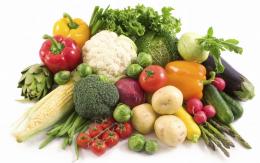
Not a single garden plot or summer season is complete without vegetables in the garden. And all because these plants are the basis of the diet of most people. There are about 1,200 representatives of vegetable crops in the world, 700 of which are considered the most popular. What vegetables are grown in open ground and how to combine them in the garden?
Content:
- What plants are classified as vegetables?
- Popular vegetables grown in open ground
- Plant compatibility when planting in beds
What plants are classified as vegetables?
Vegetable crops, the list of plants of which includes many specimens, are one of the most popular representatives of the flora among summer residents. Different climatic conditions and regions have their own types. The Japanese grow more than 90 varieties, the Chinese – about 80, and the Koreans – 50. In our latitudes, 40 are common vegetable crops, more than 20 of them are widely distributed.
Each vegetable has individual taste properties, growth and flowering times, as well as requirements for the external environment and care. Different specimens are used in different ways in food: raw, processed, mixed.
Vegetable crops are classified in a certain way, here is a list of plants and names:
Roots
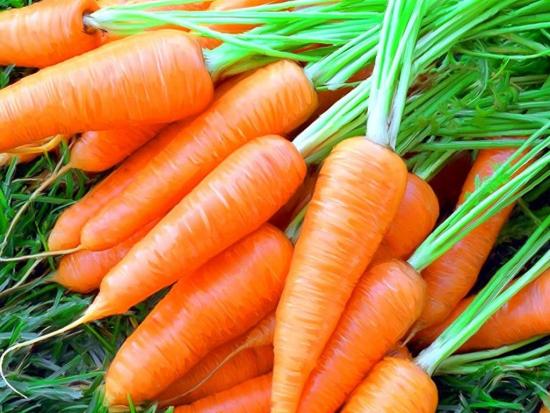
These include:
Fruit
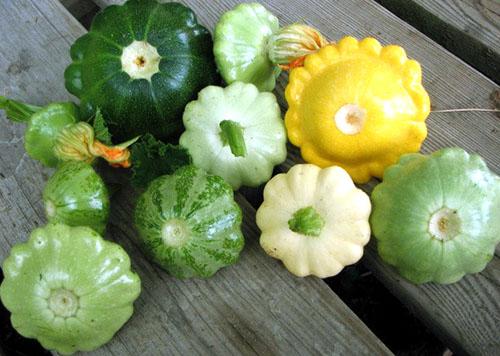
One of the largest groups, which includes:
This also includes beans, peas, corn, and beans.
Onion
This group includes various varieties and types Luke:
- fragrant
- onion
- leek
- chisel
Garlic is also included here.
Greens
Green crops include:
Leafy (brassicaceae)
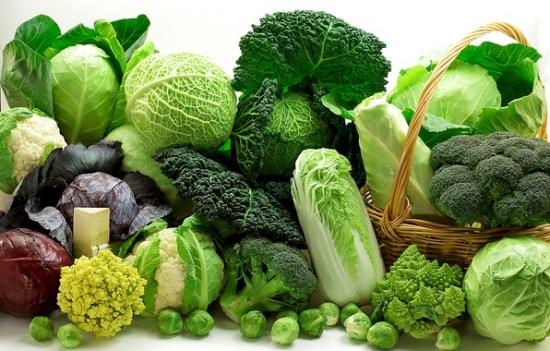
The group includes various types cabbage:
- cabbage white
- red
- colored
- Beijing
- Brussels
- kohlrabi
Spicy
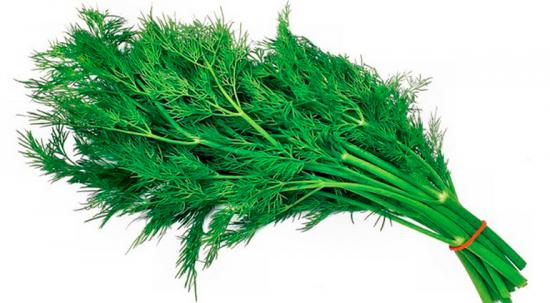
The spicy group includes:
Popular vegetables grown in open ground
Vegetables grown in greenhouses and open ground are very popular. Ground crops are planted directly in the open air in beds. They are more stable than greenhouses and are better able to withstand adverse weather conditions and temperature changes. These plants are loved by gardeners and are traditionally grown in summer cottages.
The most common vegetable crops, list of plants and photos.
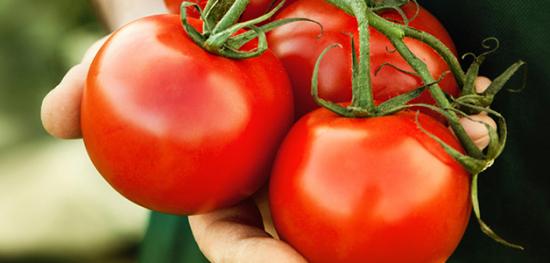
Tomatoes – popular vegetables that are consumed raw, used as an ingredient in salads, canned for the winter, and squeezed out for rolling.
cucumbers - summer residents always store them for the winter in bottles or barrels.
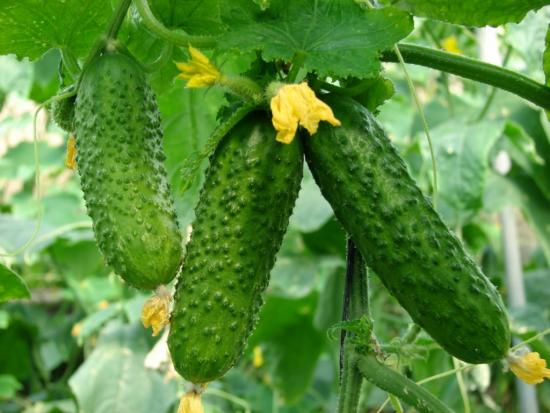
Different types of cabbage are healthy and have excellent taste. The most stable is white cabbage, but the shelf life of cauliflower is much shorter.
Pumpkin serves as a filling for pies and can be stored raw for a long time.

Carrots are perfectly stored in cellars and retain their beneficial properties for a long time.
Beetroot is the main component of borscht and vinaigrette.
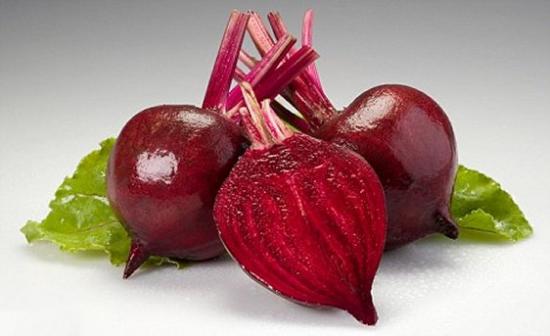
Squash is traditionally used in seaming. Zucchini is frozen or rolled.
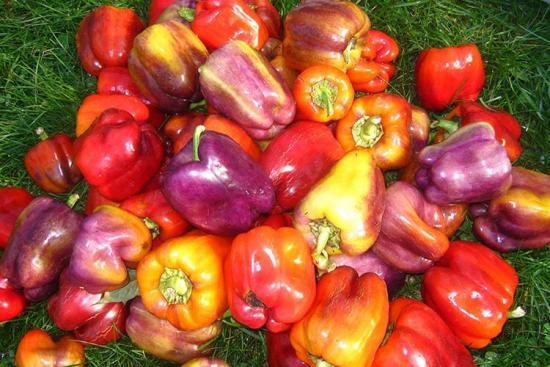
Sweet pepper – an excellent ingredient for lecho and salads, a wonderful table decoration.
Beans retain their properties for a long time. Peas are a popular member of the legume family.
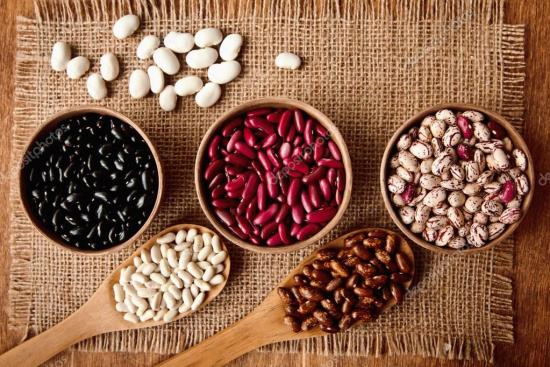
Potatoes are one of the main vegetables in the diet.
Greenery. The most popular among our summer residents is parsley, dill and cilantro. They are easy to dry for the winter. They give dishes an interesting taste and aroma.
Plant compatibility when planting in beds
When planting vegetables in beds, the correct proximity of different representatives of crops is observed. The gardener needs to be aware of which planting is most favorable.
Vegetables, list of plants by compatibility:
Onion
To get the best harvest, onions are planted next to tomatoes, cucumbers, beets, radishes, parsley or lettuce. Refrain from the company of peas, beans and grapes. Garlic wouldn't be the best neighbor either. Despite many similarities, they often transmit diseases to each other and are competitors in terms of nutrients and moisture for the root system.
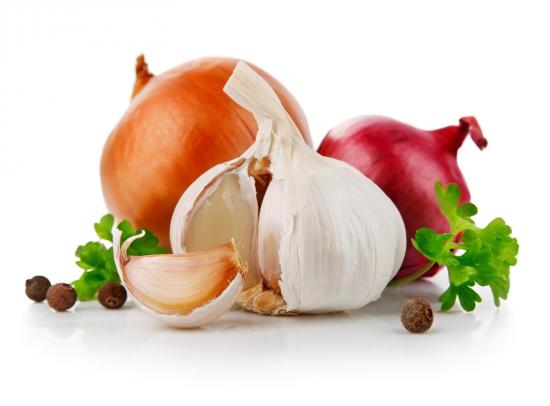
Carrot
The most suitable neighbor would be onions. These vegetables mutually repel their partner pest. However, you need to be careful about watering. Carrots more moisture is required. This amount can cause onions to rot. A good alternative is to plant tomatoes, spinach, garlic, radishes, lettuce or peas nearby. An unsuitable companion in the garden would be dill or parsley.
Potato
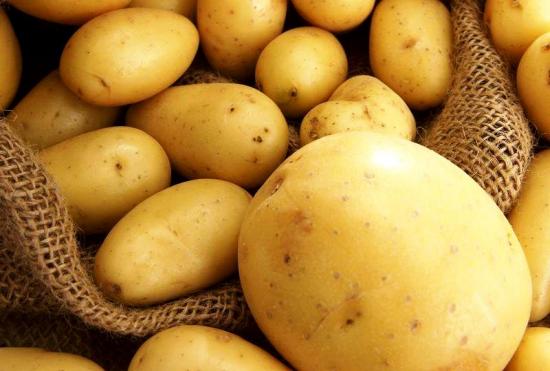
Gets along with many vegetables. Exceptions are cucumbers, tomatoes and cabbage.
White cabbage
Goes well with lettuce, herbs, and celery. Do not plant cabbage near tomatoes, strawberries and beans.
Garlic
Thanks to the phytoncides of garlic, it is a good neighbor for many. Its bactericidal properties will protect against fungal diseases.In the company of garlic, potatoes, carrots, strawberries, beets, tomatoes, celery, cucumbers. You should not plant legumes (beans, lentils) and peanuts nearby.
Tomatoes
They interact well with cabbage, radishes, and beans. The proximity of potatoes and tall crops will be unsuccessful.
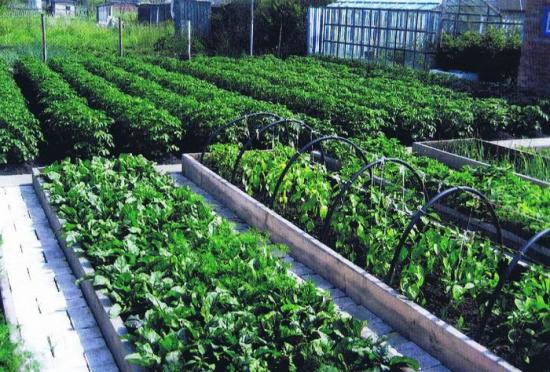
cucumbers
Cucumbers are planted near onions, legumes, spinach, and garlic. It is better not to place it next to radishes, potatoes and tomatoes.
Beet
The best neighbors would be onions, cucumbers, cabbage, zucchini and lettuce. But mustard, corn and beans are bad companions.
Eggplant
Compatible with peppers, onions, beans. At the same time, the unfortunate proximity of eggplants to peas and fennel.
Vegetable crops, a list of plants, photos and names of which are familiar to gardeners and summer residents firsthand, are among the most popular in cooking. It’s hard to imagine a diet that doesn’t include vegetables.
They are baked, steamed, stewed, fried, frozen, and canned for the winter. In order for plants to enjoy a good harvest, you need to know the planting features and combine them correctly. Therefore, you need to take note not only of recipes, but also of the basics of planting and care.
Useful information on how to properly plan beds and what vegetable crops can be planted nearby - in the video:

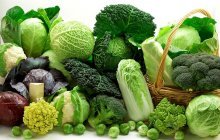
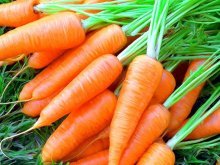
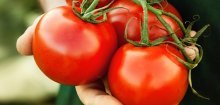

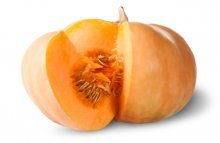
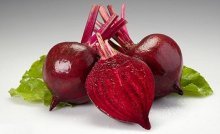
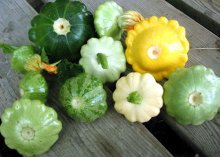
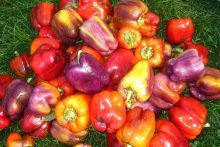
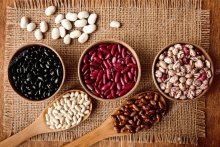
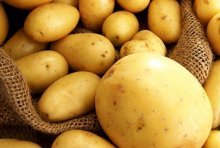

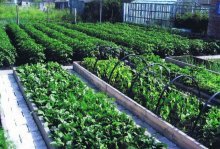
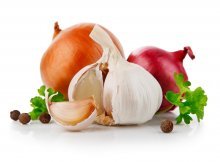
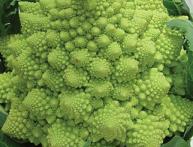
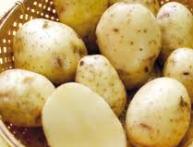
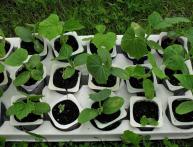
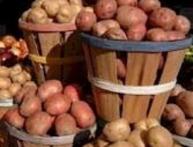

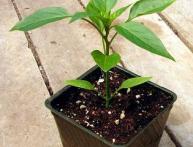
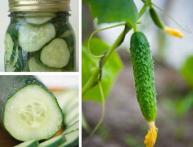
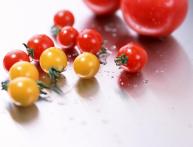
Comments
And we often plant garlic at the end of the onion bed. That’s why it doesn’t grow well here. Purely intuitively, last spring I planted eggplants in the same bed with peppers and the harvest was indeed greater than last year, when there were separate beds.
Who would have thought that the neighborhood is so important and affects the harvest.I planted it before and didn’t think twice about it; I was guided only by the availability of free space and lighting in different areas. I will definitely follow the recommendations, I hope that an excellent harvest will not be long in coming.
In my experience, there are plants, for example, with which almost any neighbors do not get along well. And in terms of crop rotation, they are not of much use; there are practically no crops that grow well in the area where corn was planted last year.